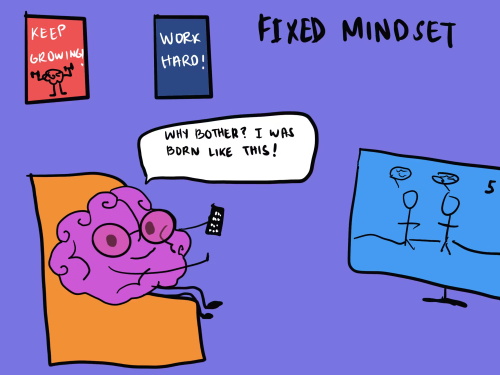Behavioral Finance Fixes: Overcoming 5 Cognitive Biases in 2025

In the financial markets, rational decision-making is often considered the golden rule for long-term profitability. But reality can be ironically frustrating: you set a stop-loss but hesitate to hit the sell button; you sell a winning stock too early only to watch it soar higher. These are experiences almost every investor can relate to. The issue often isn’t technical or fundamental—it's the biases hidden in our own minds.
This is exactly what behavioral finance aims to address. Rather than studying how markets should behave, it explores why they often behave differently than expected. As an interdisciplinary field combining finance and psychology, behavioral finance teaches us that investing isn’t just a numbers game—it’s a psychological battle.
1. Prospect Theory: Risk-Averse in Gains, Risk-Seeking in Losses
Everyone reacts to risk based on their internal reference points. Prospect theory, derived from a series of experiments, shows that decisions are made not based on actual outcomes, but on the perceived gap between expectations and reality. Investors mentally set a reference point and assess whether a result is above or below it.
When gains exceed expectations, people tend to become risk-averse and settle for modest profits. When facing losses, however, they become risk-seeking, hoping luck will turn things around. For instance, you might rush to sell a stock after just a 5% gain to avoid losing that profit, but stubbornly hold onto another that’s down 20%, convinced it can't fall much further.
This is classic prospect theory in action. According to Nobel Prize-winning psychologist Daniel Kahneman, individuals tend to experience losses more deeply than they enjoy gains of the same size. This imbalance in emotional response leads investors to take cautious actions when they’re ahead but make riskier choices when facing losses, often in a desperate attempt to recover what they’ve lost.
2. Representativeness Bias: The Danger of Jumping to Conclusions
When evaluating unfamiliar situations, people often categorize based on similarities to past patterns, using standout traits to make sweeping judgments.
For example, if a company has doubled its earnings three years in a row, many investors instinctively think, “This must be a great company!” and rush to buy the stock. But this is representativeness bias at play—judging the whole by a flashy part while ignoring the underlying complexities.
Such rapid growth could be due to accounting adjustments, short-lived booms, or even base effects. The success you see may be an illusion, not a reliable indicator of future performance.
3. Primacy and Recency Effects: When Order Shapes Perception
Consider these two statements:
- “Stock A has good returns, but it's risky.”
- “Stock B is risky, but it has good returns.”
Most people feel more favorable toward Stock B. That’s the power of information order. The primacy effect gives weight to the first thing you hear, while the recency effect emphasizes the last. Though both statements say the same thing, the sequence changes how we interpret them.
4. Mental Accounting: Treating the Same Money Differently
Imagine you spent $500 on a concert ticket and lost it on your way to the event. Would you buy another ticket? Most say no. But if you lost $500 in cash *before* buying the ticket, many would still go ahead and buy one.
From a traditional finance perspective, both scenarios involve the same $500 loss. But because we mentally place the ticket and the cash into different "accounts," we react differently.
In investing, mental accounting can lead to fragmented decision-making. You might split your money into “conservative,” “aggressive,” and “retirement” accounts, optimizing each separately. But from a broader portfolio perspective, this lacks coordination.
This behavior often results in overly conservative strategies driven by loss aversion, and poor diversification—not across assets as suggested by Markowitz's portfolio theory, but across *goals*, which is far less effective.
5. Bounded Rationality: We’re Not Calculating Machines—We Just Get By
Many think failed investments stem from not being smart enough. That’s a misconception. Nobel laureate Herbert Simon proposed the theory of *bounded rationality*, which says that humans don't aim for the optimal decision—they settle for one that's "good enough."
Our brains, time, and processing capacity are limited. Faced with an overload of data, investors often fall back on gut feelings or familiar patterns—a strategy based on survival, not perfection.
Replacing Emotion-Driven Trades with Cognitive Awareness
Behavioral finance doesn’t reject rational investing—it helps us understand how emotions and biases sneak into our financial choices. Becoming aware of these biases activates a “self-monitoring mode”: suddenly, those impulsive trades start to make sense as emotional reactions with psychological roots.
It’s not a personal flaw—it’s a universal human tendency.
Less fantasy, more self-awareness: that might just be your most reliable “shield” on the path to smarter investing.



